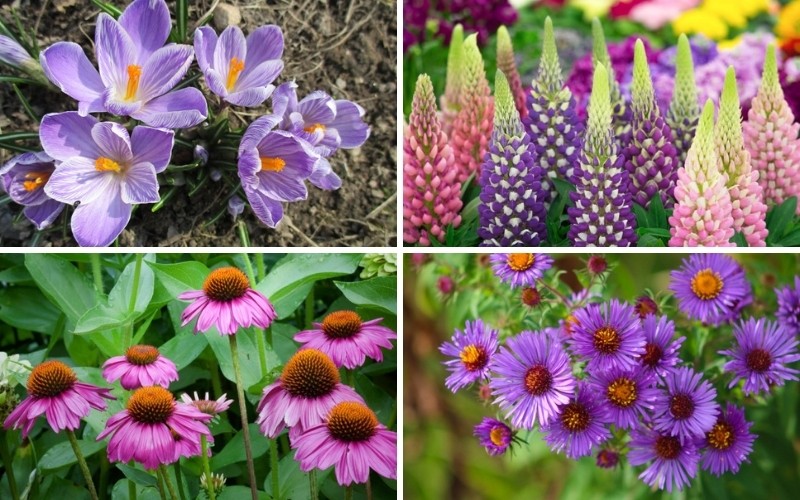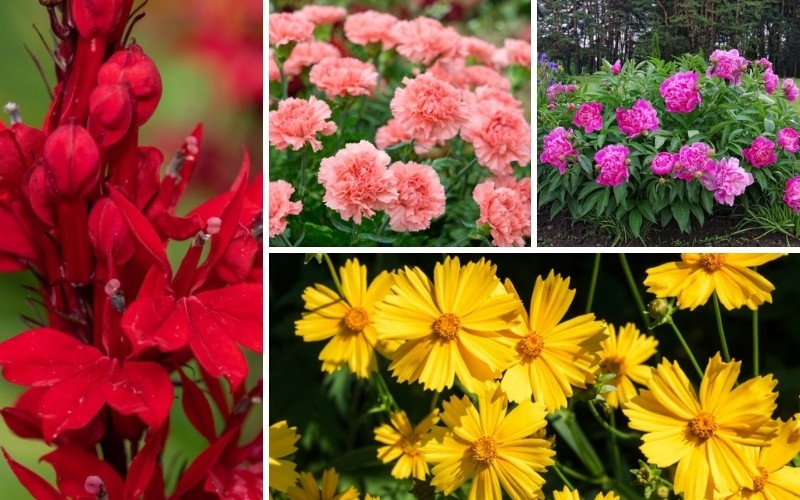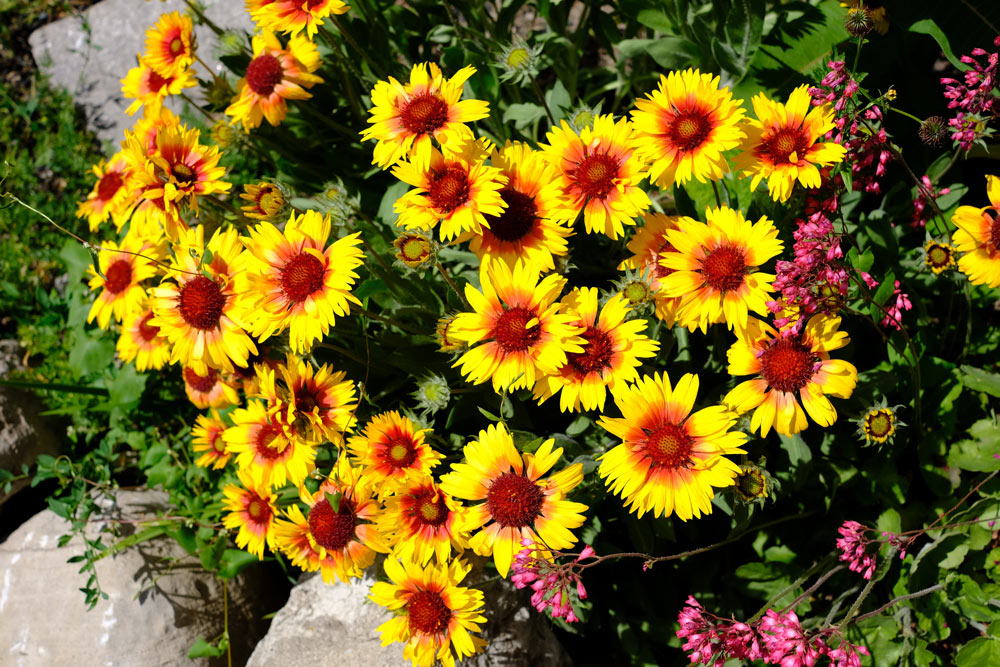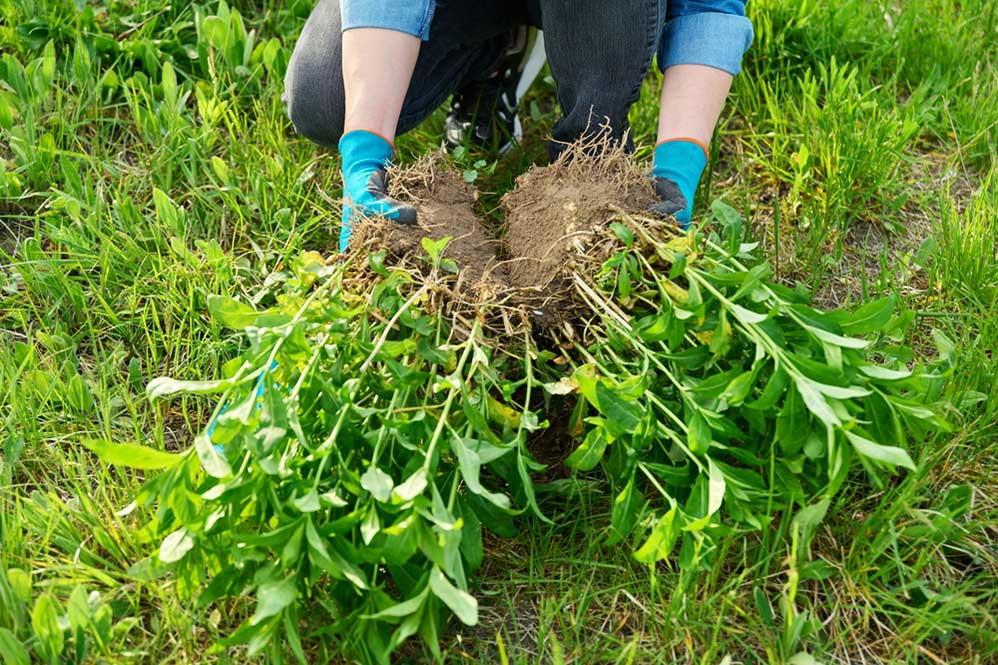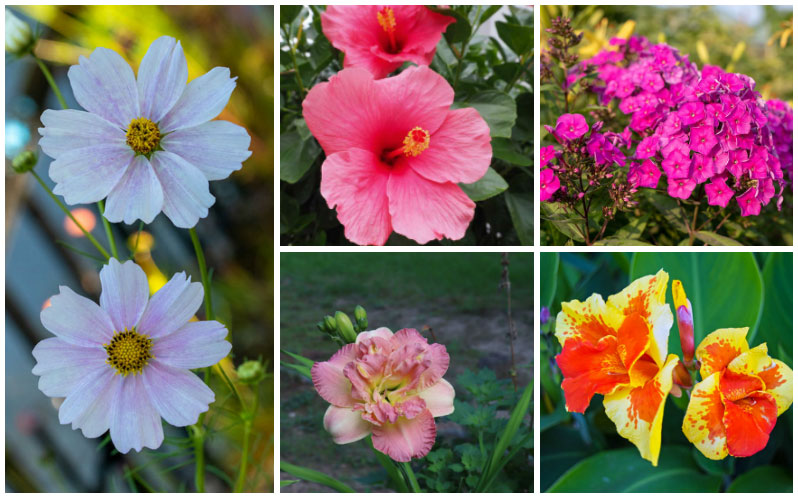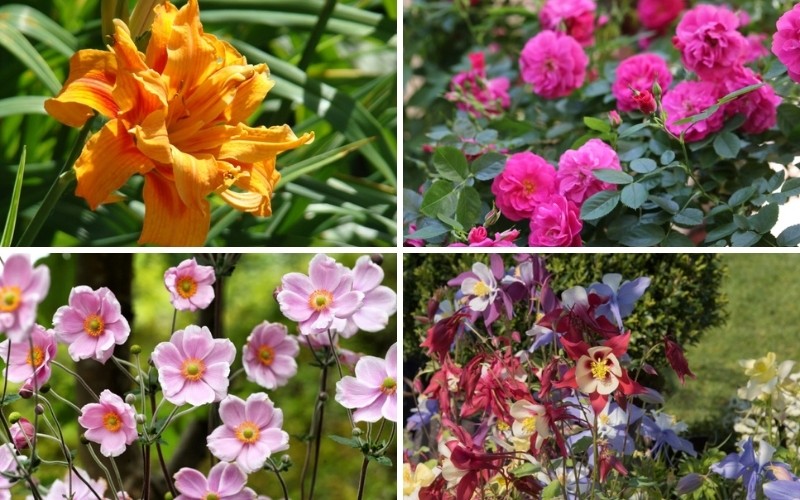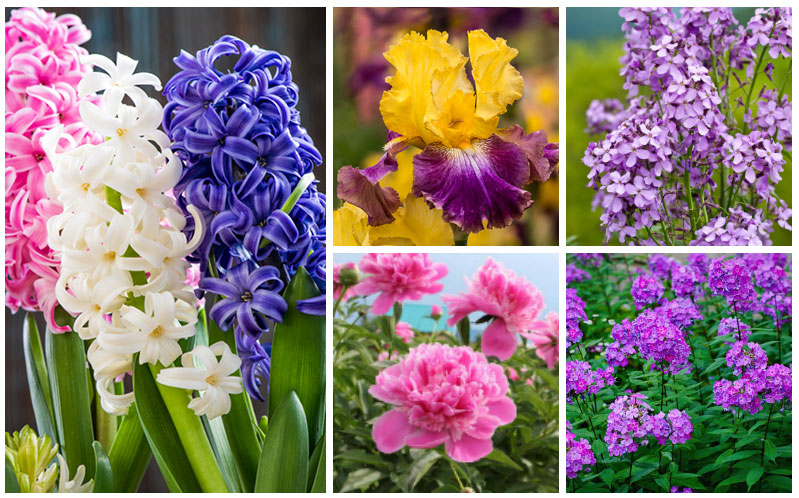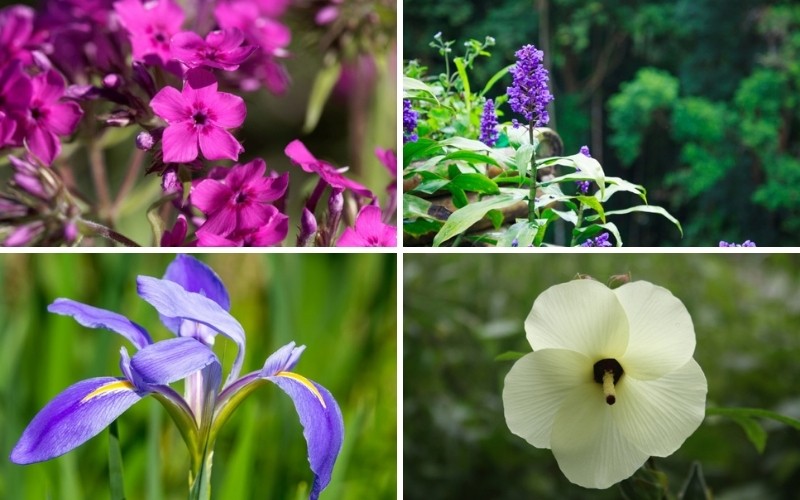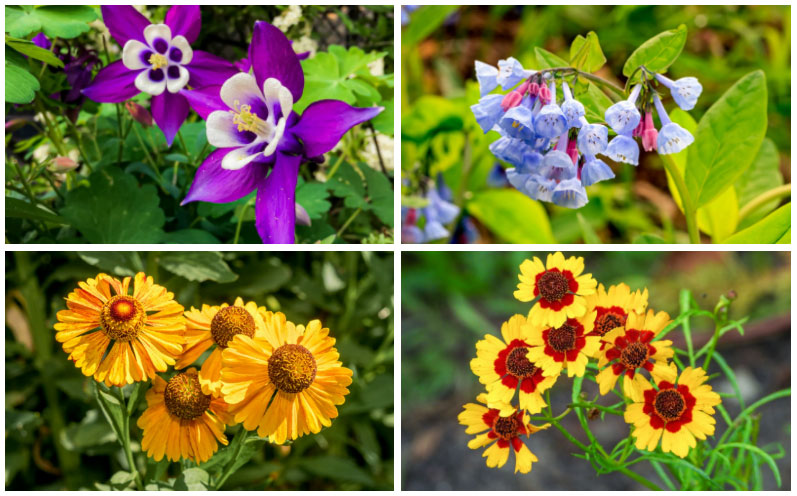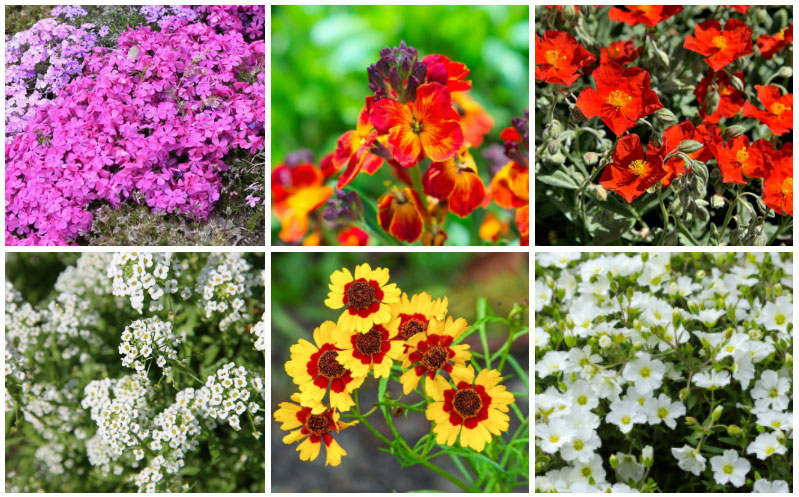
There are many different areas in your landscaping where low-growing perennials will look great. Some work great in flowerbeds in front of taller growing plants. Others look super when planting as edging plants lining sidewalks and driveways. Still, others do an outstanding job as ground cover, and some may even help stop erosion.
When choosing your low-growing perennials, consider the amount of light that they need, the amount of moisture required, and your growing zone.
While many require very little maintenance, you will also want to think about options that meet your abilities to care for them properly.
Below are some great choices you may want to consider growing, depending on your situation.
Coneflowers
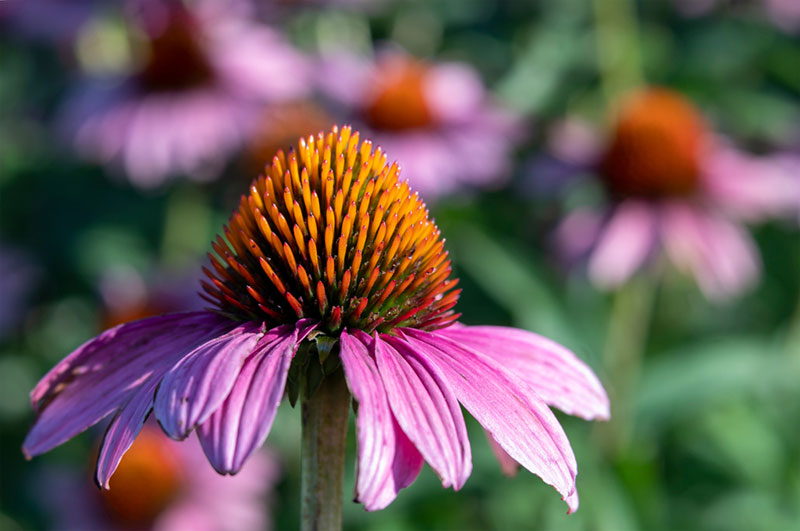
There are many different varieties of sun-loving coneflowers, with most growing in zones 3 to 9. Most of these summer-and-fall-blooming plants have many rays surrounding a colorful center disc. You can find options with double rays, and some have rays that point towards the ground instead of the sky. While the most common coneflowers are purple, you can find them in a multitude of colors.
Alyssum
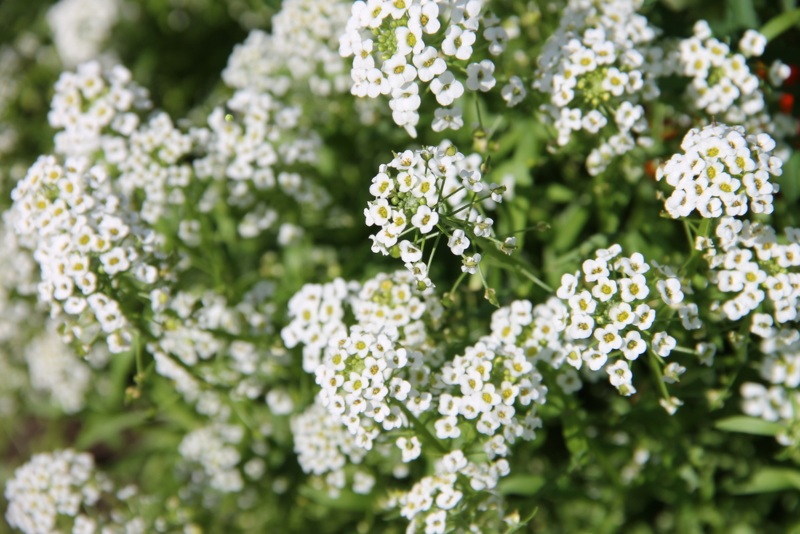
Enjoy the beauty of four-petaled, tiny, white flowers that bloom from April to June in zones 5 to 9 by planting the clump-forming alyssum in your landscaping. While this plant will tolerate full sun in the northern parts of its environment, it prefers some protection from the hot afternoon sun. This plant that is sweetly fragrant when blooming loves a medium amount of moisture.
Bellflower
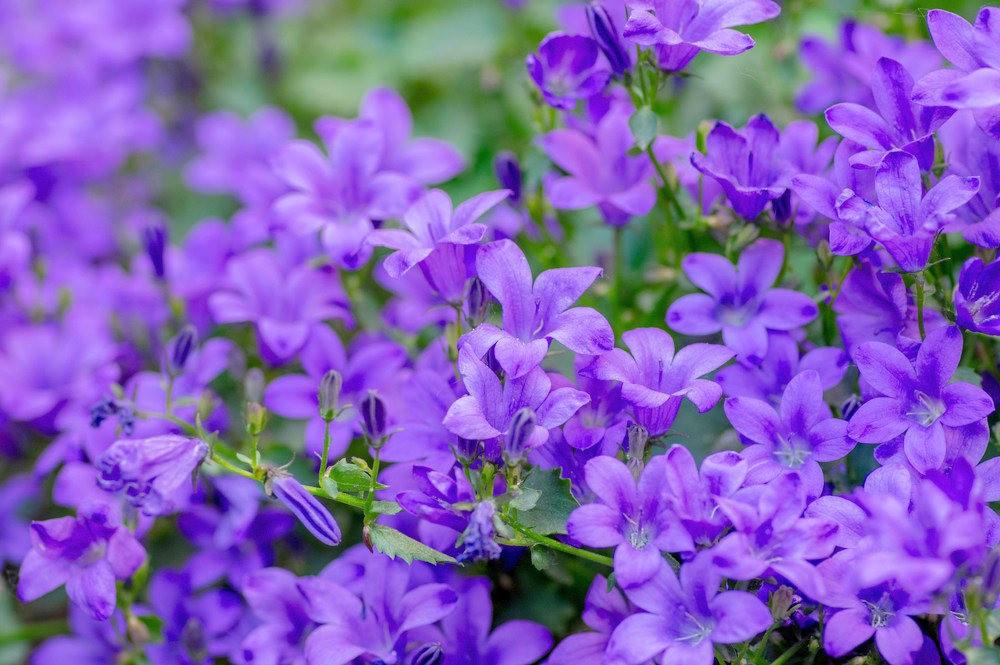
Bellflowers are about 300 annual, biennial and perennial plants of varying heights, so be sure to choose the one fitting your needs the best. Most will put on upturned, open cup-shaped flowers during the summer. While you can find options that grow in zones 3 to 9, the vast majority prefer moderate daytime temperatures and cool nights.
Creeping Phlox
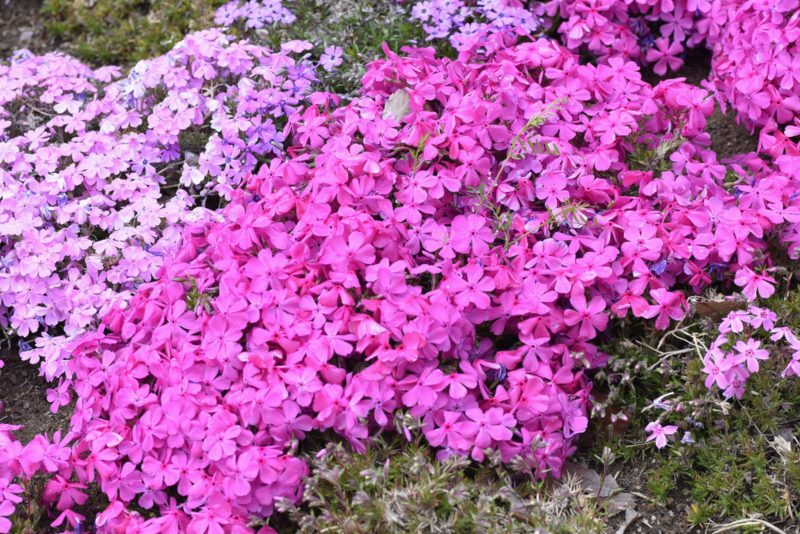
The dainty white flowers that appear in the spring on the mat-forming creeping phlox makes it a favorite springtime flower of many gardeners. It will tolerate a variety of poor soils in zones 3 to 9. Once conditions become warm, watch for spider mites on this plant that seldom grows to be over 6-inches tall.
Pasque flower
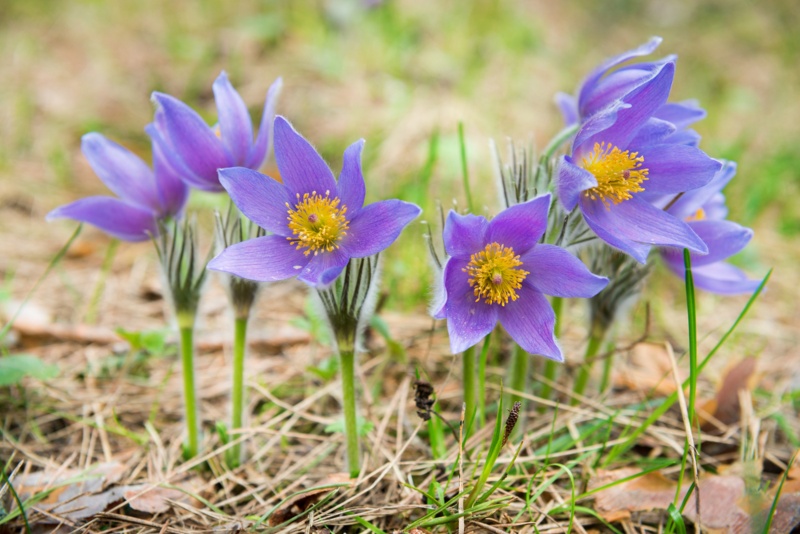
The pasque flower is a beautiful addition to your landscaping if you live in zones 4 to 8. This plant does not like to be disturbed once established, so choose a sunny location carefully. The purple flower blooms will start to appear when this plant is about 6-inches-tall, and the flowers will last for a couple of months. Once they fade, deadhead the plant, and its beautiful foliage will grow to be about 12-inches tall.
Mountain Sandwort
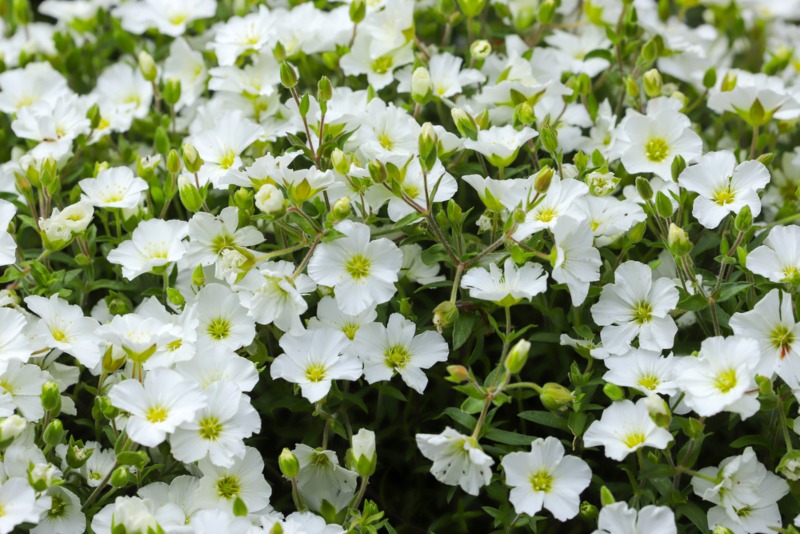
Growing in zones 4 to 8, mountain sandwort will do well in poor soil if the area drains well. You may have to commit to giving this plant some extra water during the spring and summer. Mountain sandwort thrives in full sun, but it does not demand it, so you can plant this option in partial shade if you want. It bears beautiful white flowers in late spring and early summer.
Sun Rose
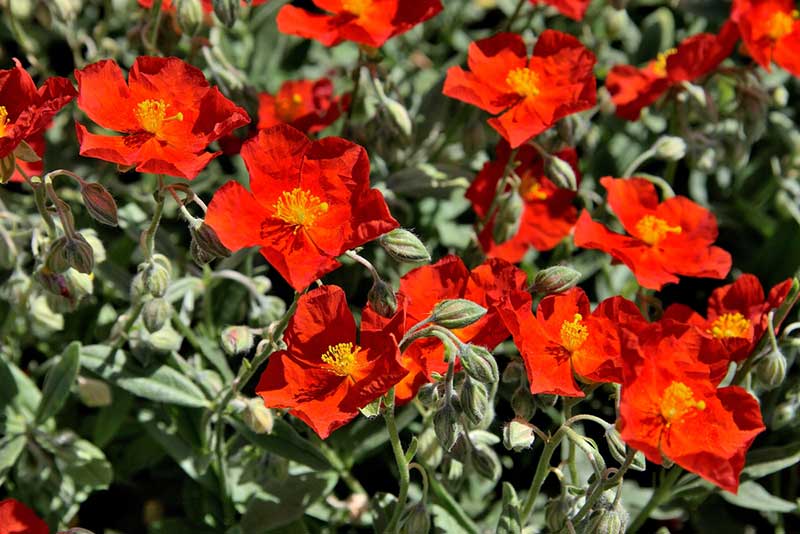
If you live in zones 5 to 7, then the woody-stemmed sun rose may be perfect for you. This plant has evergreen foliage that needs protection in cooler climates. This plant is unique because each flower appears for only one day. The first blooms of the year will appear in May, and they will be pink in color. Blooms will become lilac in late spring before becoming white in the early summer.
Hardy Geranium
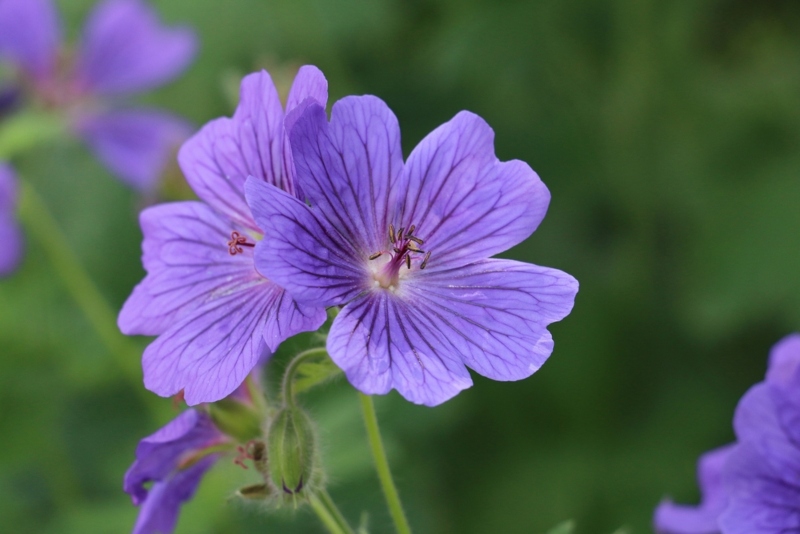
Hardy geraniums grow in zones 5 to 8. There are over 300 choices available in these plants, with most not growing to be over 12-inches-tall. There are a variety of color choices available, with red being the most common. Sometimes this plant will rebloom in the fall. The attractive foliage often dies back if temperatures get too tall, so if that happens, prune it back, and new leaves are likely to appear.
Wallflower
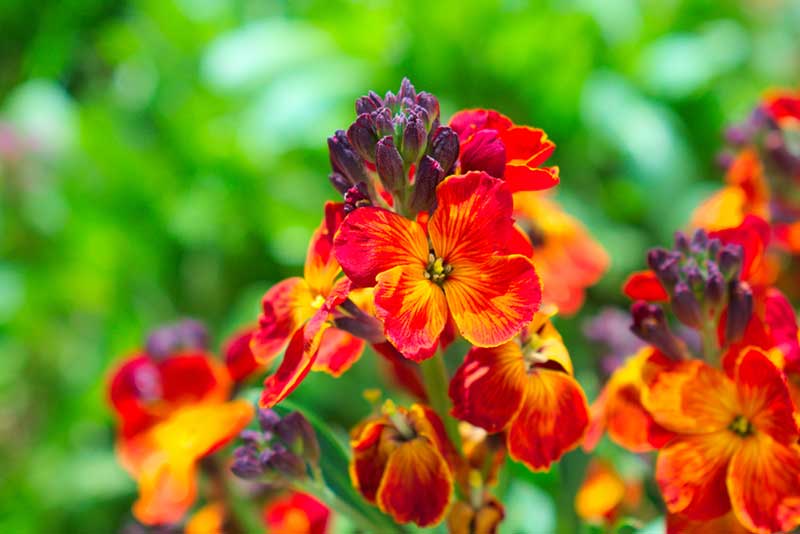
If you are looking for a flower that will thrive in poor or rocky soil without any care, consider the wallflower. This plant that grows up to 24-inches tall Fragrant, four-petaled flowers appear in the spring, and they are usually yellow, but they can be brown. This plant is very tolerant of periods with little to no water.
Coreopsis
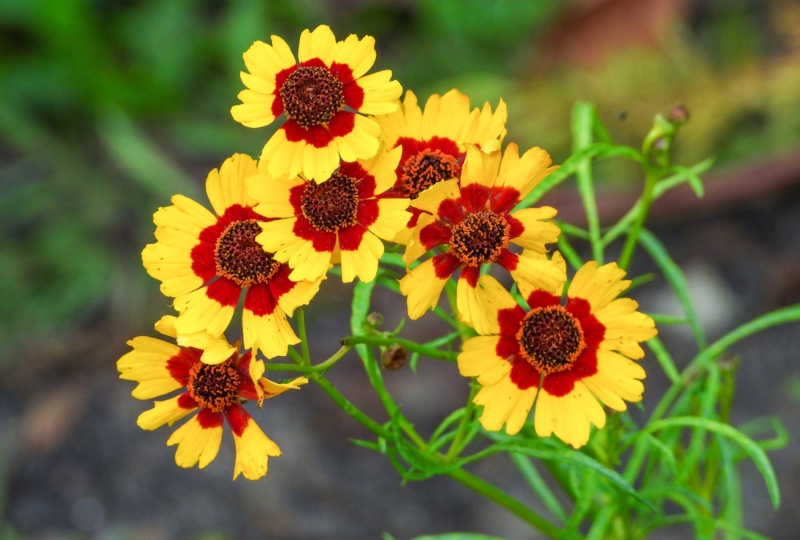
There are over 80 species of coreopsis, with most putting on bright yellow, daisy-like flowers in the spring. This spring bloomer thrives in zones 3 to 9. These plants will continue to bloom until early fall. Choose between annual and perennials but be forewarned that perennials will not bloom until their second year.
Viola cornuta
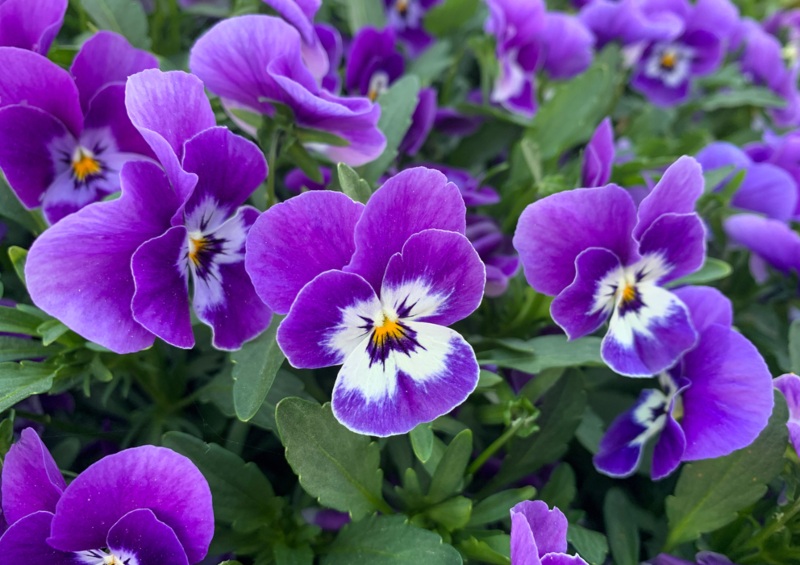
If you are looking for a flower that will grow to be between 6-to-9-inches tall in zones 6 to 11, consider the viola cornuta. You are likely to love this flower’s pansy-like bloom, which is two-toned. Most are purple and white, but other choices are available in this plant that blooms in late spring and early summer.
Ajuga reptans ‘Catlin’s Giant’
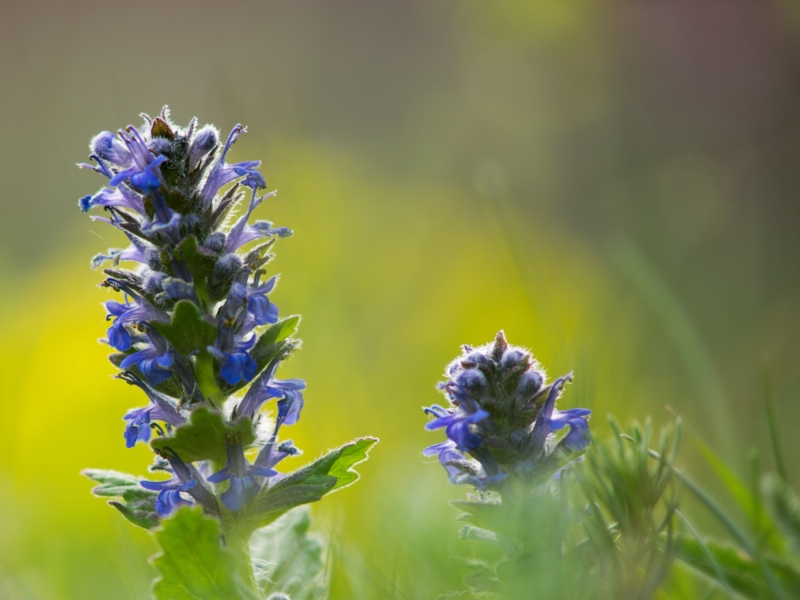
This mat-forming plant spreads by stolons. It puts on beautiful blue flowers in mid-and-late spring, and you should cut it back to the ground after it flowers to rejuvenate its pretty foliage. You can mow larger areas on a high setting.
Choose where you plant it carefully as its thick foliage not only chokes out weeds but other plants that you may be growing. This plant will tolerate the full sun, but it blooms better when planted in the shade.
Lamb’s Ear
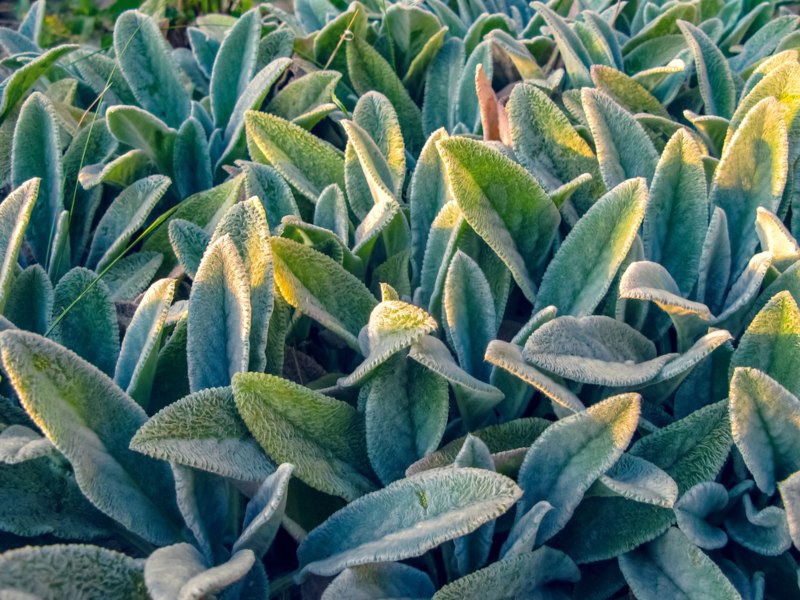
Lamb’s ear puts on thick, velvety leaves that form an outstanding ground-covering mat when planted in full sun in zones 4 to 8. Tiny purple flowers appear on the end of 12-inch tall spikes in the summer. Some gardeners choose to remove these spikes as they appear to enhance the look of this ground-cover plant that spreads by runners.
Periwinkle

Periwinkle puts on trailing vines that grow roots as they continue to grow. Phlox-like leaves that are lavender and tubular appear in the late spring and early summer on this plant that seldom grows to be over 6-inches tall. This plant does well in the full sun, but it also does well with some shade.
Lamium (Deadnettle)
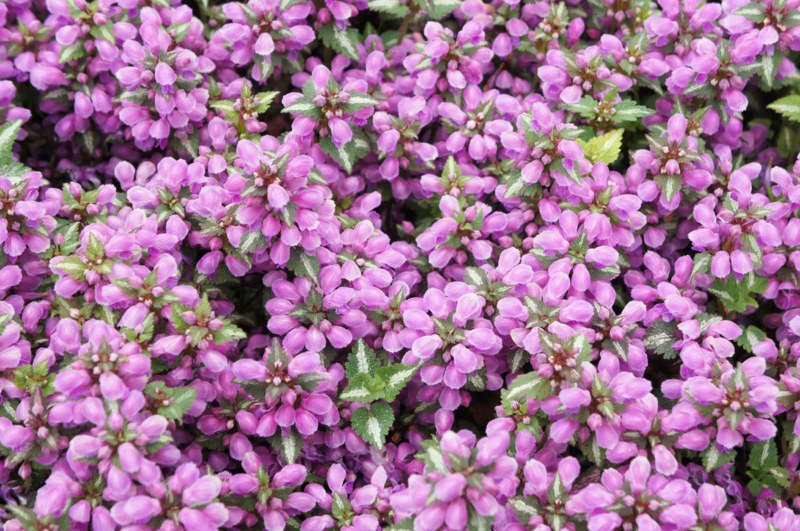
Deadnettle is a member of the mint family, and like other members, it has a square stem and alternating leaves. This plant that can grow up to 24-inches tall forms a loose mat that can spread indefinitely. The trailing vines grow roots wherever they come in contact with the ground. Depending on the variety chosen, this plant can grow variegated or un-variegated leaves up to 3-inches long.





